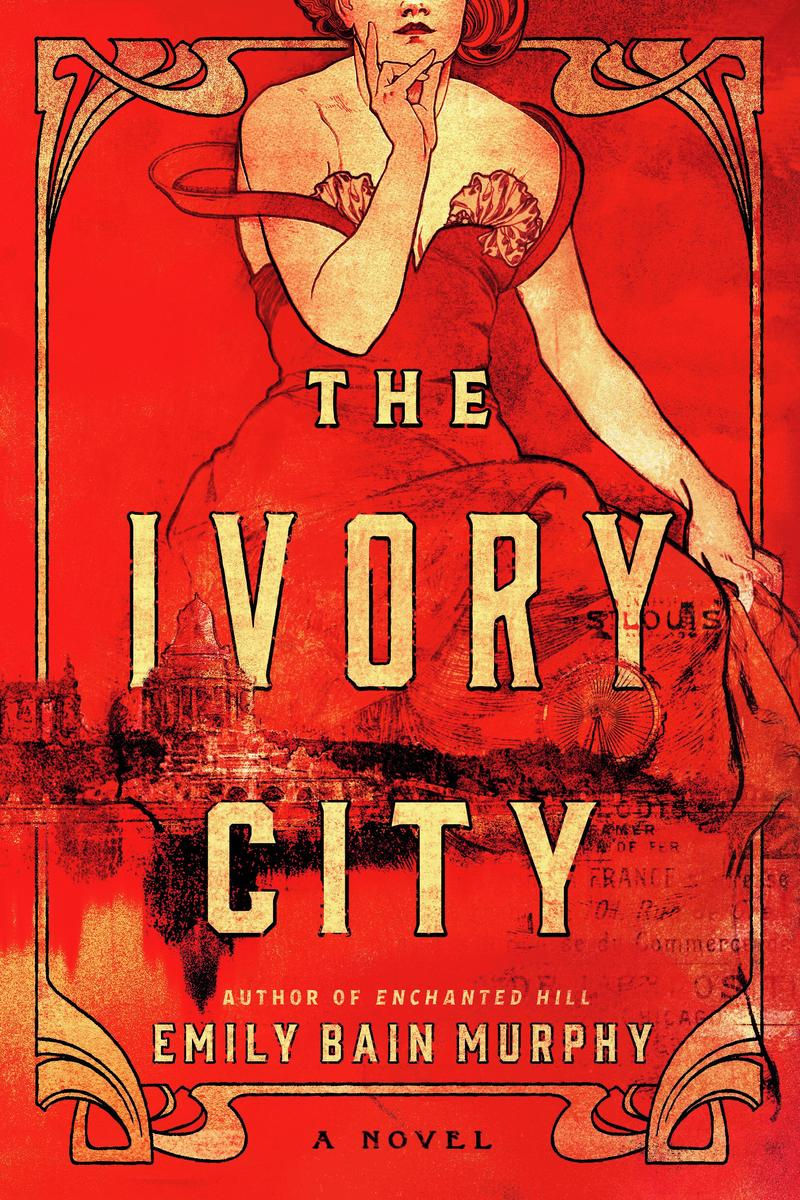"The Horse" | Reviewed by Bill Schwab
- cstucky2

- Aug 28, 2024
- 3 min read
Some might argue that a 517-page book about "the influence of the horse on human history" could not possibly be compelling, but I say "neigh."
Actually, "The Horse" is a galloping history of how the domestication of these magnificent animals has shaped civilization. The author maintains until 5500 years ago, horses were primarily a source of rich meat for humans, containing "50% more protein and 30% more iron than the leanest beef."
His research indicates that if not for horses, we would not speak the languages we do, not have vaccines for tetanus and diphtheria, and wouldn’t wear pants. These and many other enlightening factoids provide a fresh perspective on this mighty creature and its history.
Horses nearly became extinct after the last Ice Age when forests replaced the grasslands they grazed. At that time, the remnants of horses were located in Eastern Europe and Central Asia, where Ukraine and Kazakhstan are today. As Winegard envisions how subjugation happened, a bold youth befriended a horse, fed it apples, and eventually jumped on the horse's back.
That risky act changed the course of history. Instead of being limited to areas only feet could take humans, now individuals could travel about 100 miles a day, plow fields to increase crop productivity, and maneuver chariots to conquer enemies. The taming of horses led to the development of cities as fewer farmhands were needed, forcing them to urban areas for jobs. Language and knowledge spread rapidly; even fashions were affected. "We had people wearing togas and kilts and sarongs and dresses and breezy robes. But try to ride a horse with one of those, and you'll quickly realize, if you're male or female, that this is not the ideal garment."
The domestication of the horse was not always positive. It also led to bloodshed. Communities with considerable horsepower, from China to Assyria to indigenous nations in North America, could conquer and expand their territories.
The author infers World War II might have ended differently if the Nazis had not relied on horsepower. By 1942, the Allied Forces were using P-51 Mustangs instead of ponies and oil instead of oats. The Allied Forces drove combustion engines to transport war materiel, while Germans still used horses. This power imbalance led to the death of more than 8 million horses. The Germans’ “…heavy use of horses helped the Allies win the war," Winegard states.
Modern sanitation systems were developed in reaction to the putrid smell of horse dung that filled cities in the 1800s. The author uses New York City and the "Great Manure Crisis" as a case. "Instead of greenhouse gases and climate change, in 1894 the mounting pollution crisis took the shape of unimaginable piles of rancid manure produced by more than two hundred thousand urban horses and mules."
Winegard closes by recounting how automobiles and trucks have supplanted horsepower but demonstrates that the horse still plays a role in our lives today: in sports and recreation, equine therapy, as creatures police forces use to control crowds, monitor parks, and quell disturbances. He depicts the feral herds of horses overrunning ranges in the US, Canada, and Australia. "The fate of feral Equus ferus cababllus is a polemic and inflammatory issue," he writes.
Lovers of equines will enjoy this engrossing doorstopper, but historians will also find this grand 5500-year journey a great ride. Winegard lists more than 20 sources, a Selected Bibliography, and many pages of chapter notes. Dutton is the publisher of this epic history.
About the author: Dr. Winegard is the author of five books, including " The Mosquito: A Human History of Our Deadliest Predator." He holds a Ph.D. from the University of Oxford and was an officer in the Canadian and British armies. He is currently an associate professor of history at Colorado Mesa University.

.png)





Comments